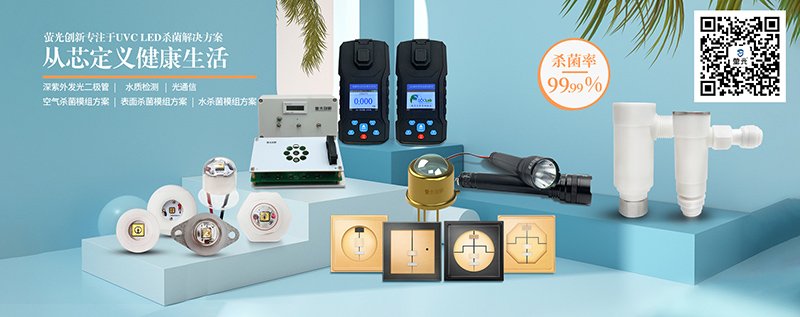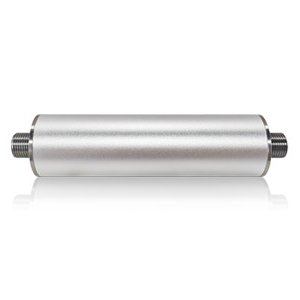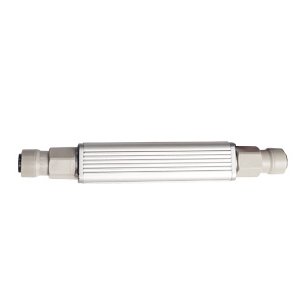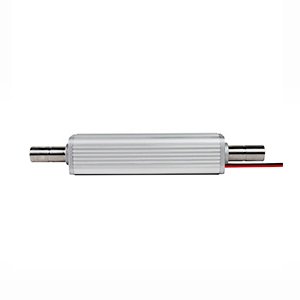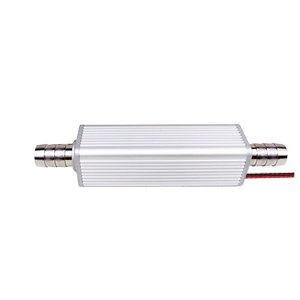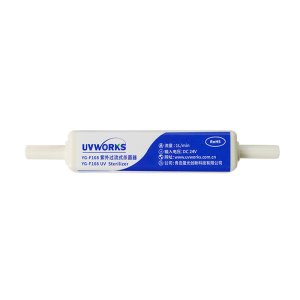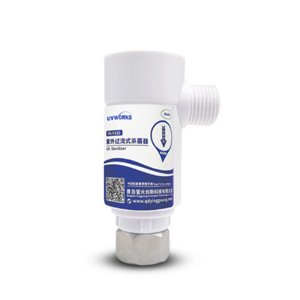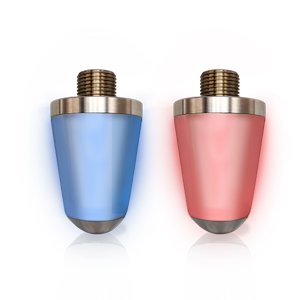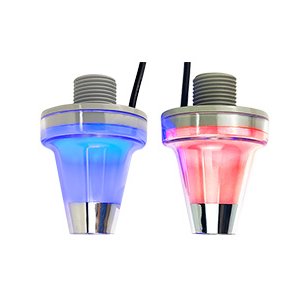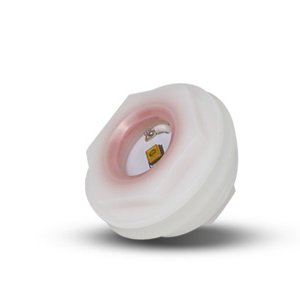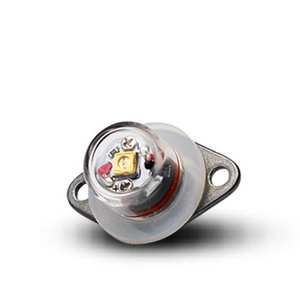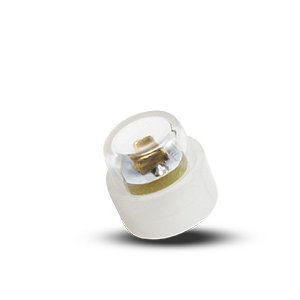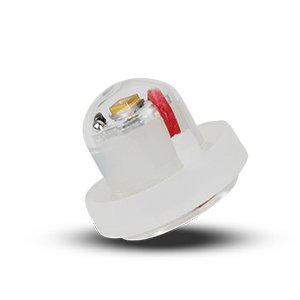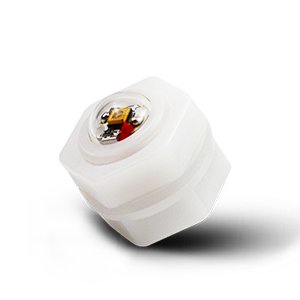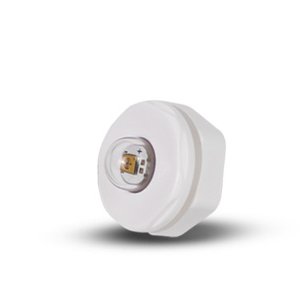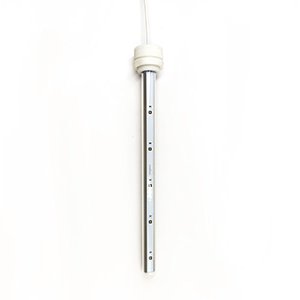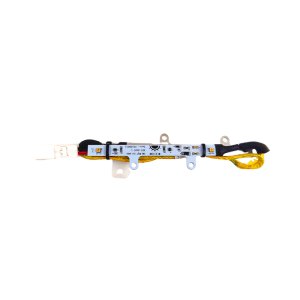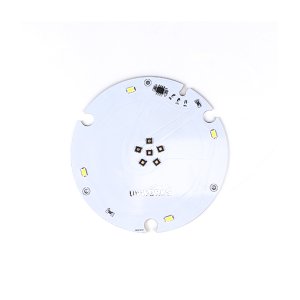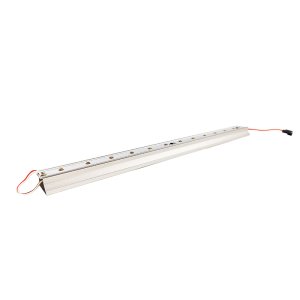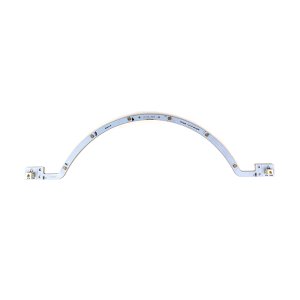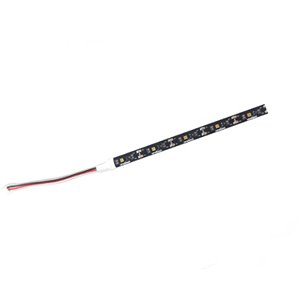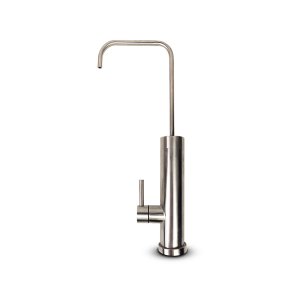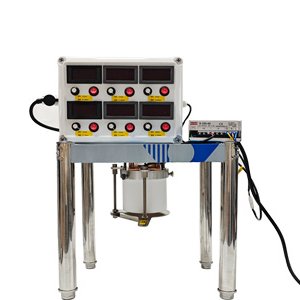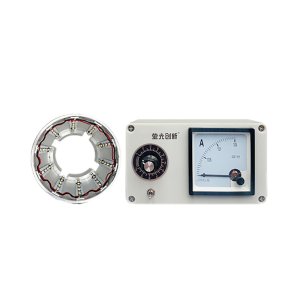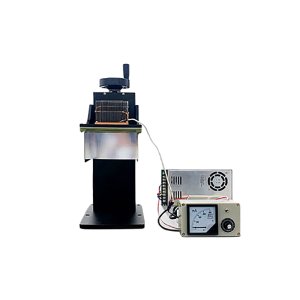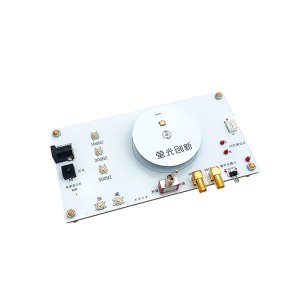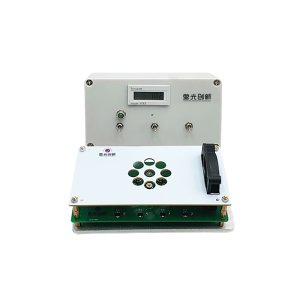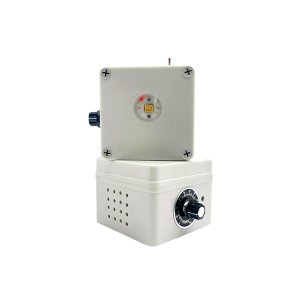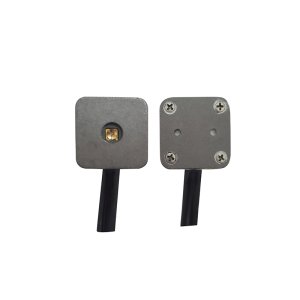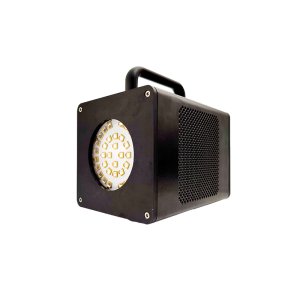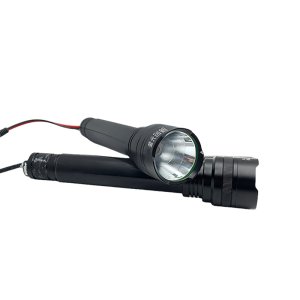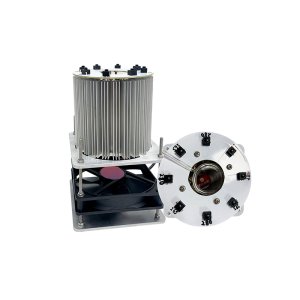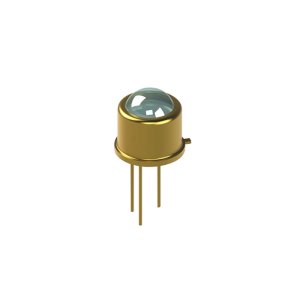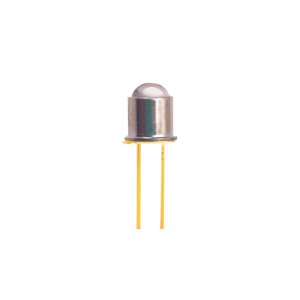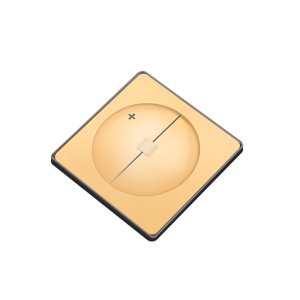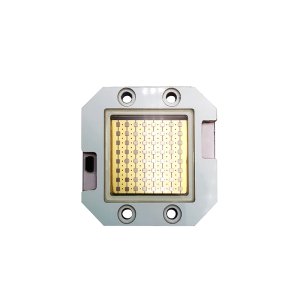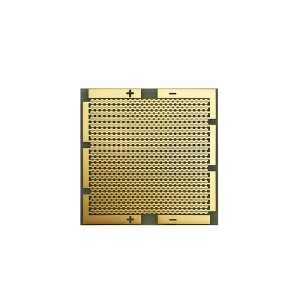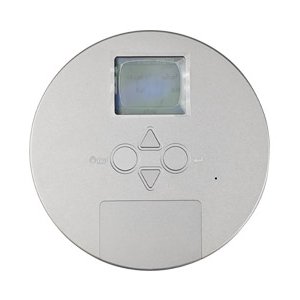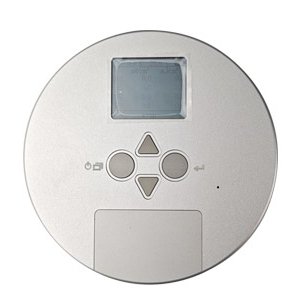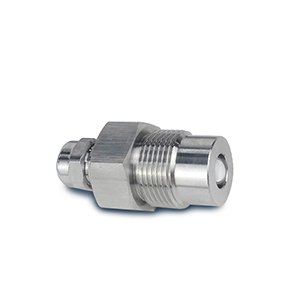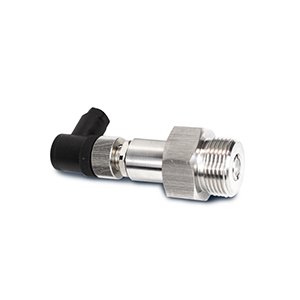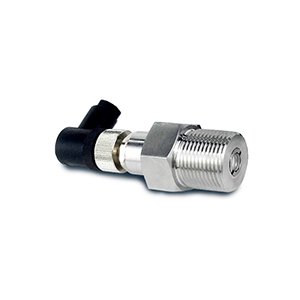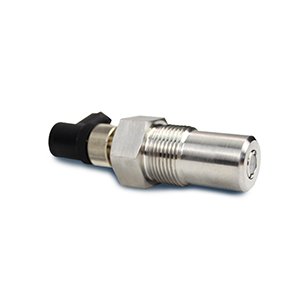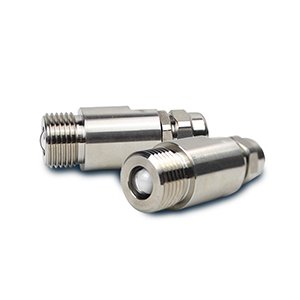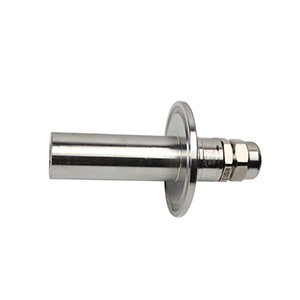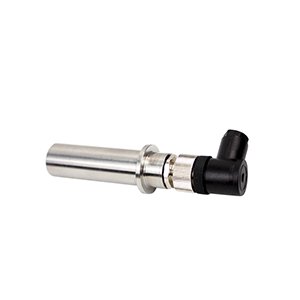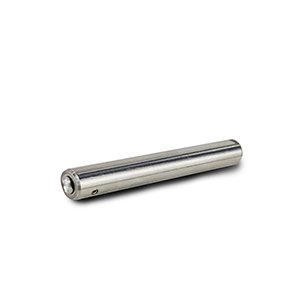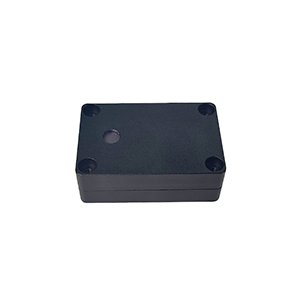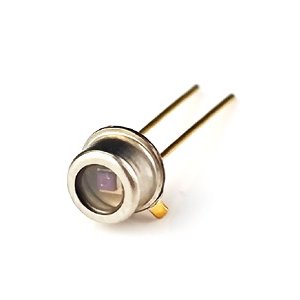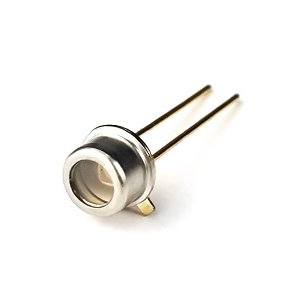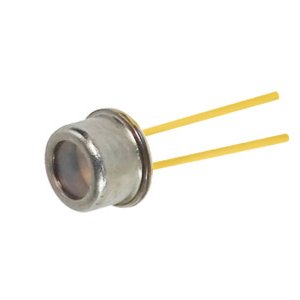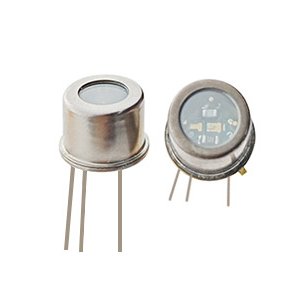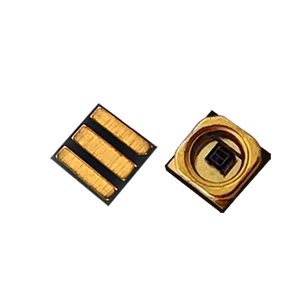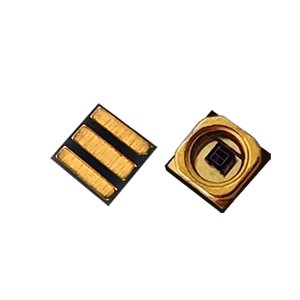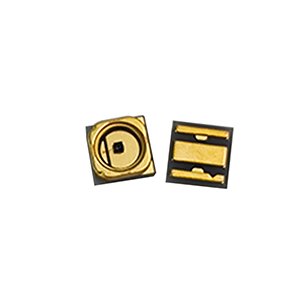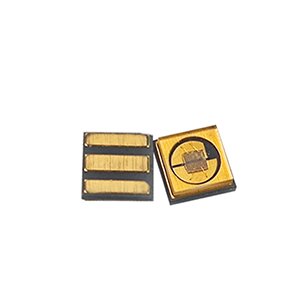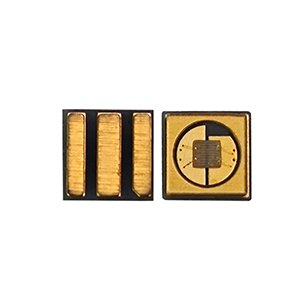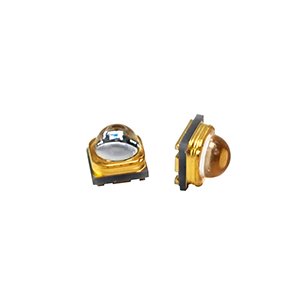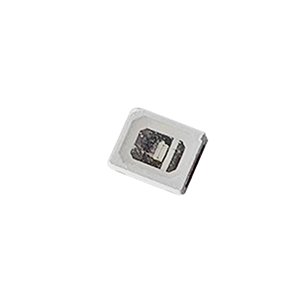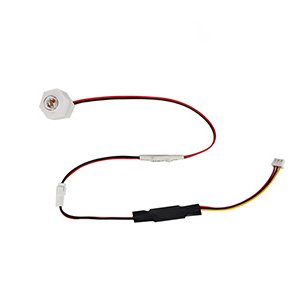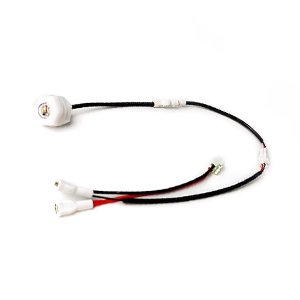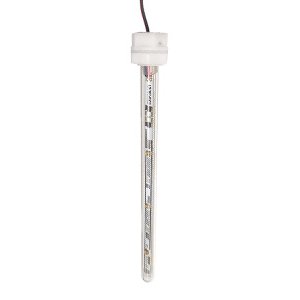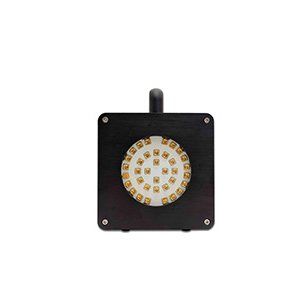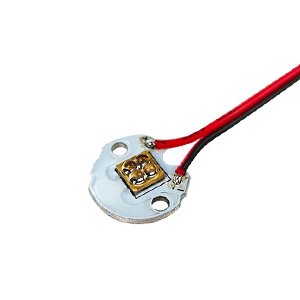
From the "crazy hat" to the Minamata convention, mercury pollution is far more terrible than you think
2022-03-03
In Europe at the end of the 19th century, smooth beaver fur hats and silk hats prevailed among princes and nobles, affecting folk fashion. It is found that rabbit skin can also be used to make top hats with the same texture without using rare beaver skin. However, the skin and meat of rabbits are closely connected. If Hatters want to separate rabbit skin and meat, they must use a substance - mercury.
Mercury is highly toxic and can evaporate at room temperature. Hatters who have been exposed to mercury vapor for a long time have suffered from mental diseases, or hallucinations, unconsciousness, muscle atrophy and body bending. It is said that the corner of "crazy hat" in Alice in Wonderland also comes from this.
Mercury poisoning happens around you and me
Looking back on history, the harm of mercury is far more than the uproar of European Mad Hatters.
In the 1950s, Minamata disease, which caused a sensation in the world and was known as one of the eight public hazards in the world, broke out in Japan. The patients with mild cases were lisping, staggering, facial dementia, severe cases were neurotic, bent and shouted until death.
Mercury is the culprit of Minamata disease! At that time, mercury containing catalysts were used in the manufacturing process of vinyl chloride and vinyl acetate in nitrogen production enterprises, which made the discharged wastewater contain a large amount of mercury. The contaminated fish and shrimp enter the body of animals and humans through the food chain and are absorbed by the intestines and stomach of animals and humans, damaging the brain and other parts of the body.
To reduce mercury pollution, start with you and me
According to a study published in the journal Nature Geoscience in July 2021, rivers transport about 1 million kilograms of mercury to the coastal ocean every year. After a large amount of mercury is eaten by marine organisms, it eventually reaches the human table, which leads to a large-scale outbreak of mercury related diseases.
Minamata disease has killed many people. On January 19, 2013, the United Nations Environment programme adopted the Minamata convention to control and reduce mercury emissions worldwide. In 2017, the Convention officially entered into force in China and other parties.
The traditional ultraviolet lamp has always used mercury lamp to emit light, which is very dangerous. After the Minamata convention, mercury lamp has been completely banned, and UVLED, as a new ultraviolet sterilization method, is the only reliable alternative today. Because it is pure physical sterilization, does not contain any harmful substances, does not release any chemicals, and has no burden on the human body and the environment. The miniaturization of UVLED components brings more imagination to the application field, many of which can not be realized by traditional mercury lamps. In addition, uvcld also has many advantages, such as fast start-up, more allowable switching times, available battery power supply, energy saving, long service life and so on. It is both environmentally friendly and efficient. Green sterilization starts from you and me!
Qingdao fluorescent Innovation Technology Co., Ltd. has a professional postdoctoral team, focusing on the research of ultraviolet sterilization application. After years of deep cultivation in the ultraviolet industry, the company has obtained a number of national invention and utility model patents. At present, a number of sterilization module products have been put into the market. For more details, please visit the company's website at www.qdyingguang.com Com contact the company for the official account of WeChat.
